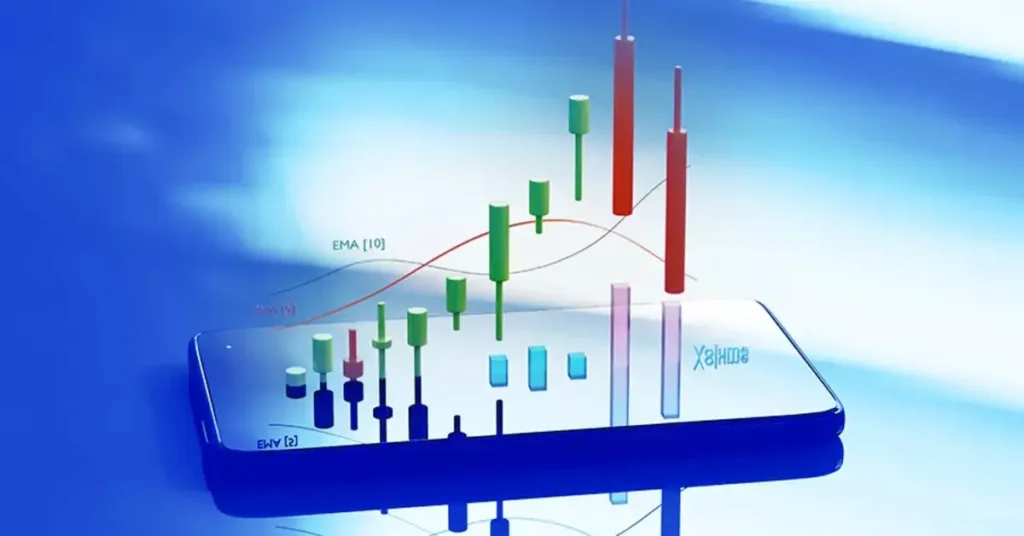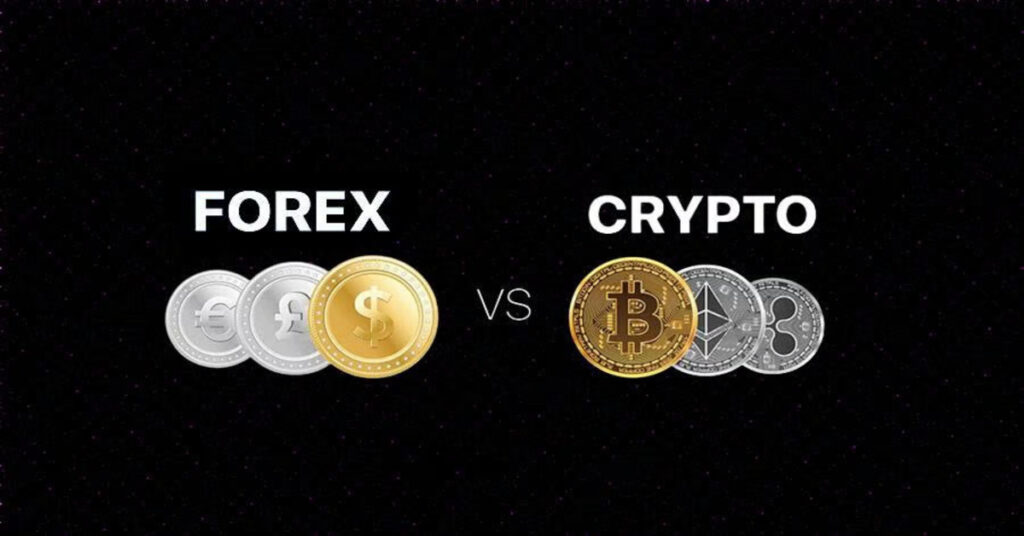The USD/JPY currency pair has been in focus recently as a gauge of widespread inflation has hit 2001 levels. The Japanese gauge of inflation, which is a key measure of trend inflation, accelerated to 2.2% in October, marking a fresh record high. This is a sign of broadening price pressure that heightens the case for a Bank of Japan (BOJ) exit.
This news has led to a rise in the USD/JPY exchange rate, which is now nearing 2022’s high of 114.74. The rise is also attributed to cooling US inflation and traders eyeing the 150.00 resistance level. However, there are still risks and uncertainties surrounding the pair, including the potential for a rate hike by the BOJ, which could lead to a reversal in the trend.
Key Takeaways
- The Japanese gauge of inflation has hit 2001 levels, marking a fresh record high and heightening the case for a BOJ exit.
- The USD/JPY exchange rate has risen, nearing 2022’s high of 114.74 due to cooling US inflation and traders eyeing the 150.00 resistance level.
- Risks and uncertainties still surround the pair, including the potential for a BOJ rate hike, which could lead to a reversal in the trend.
Understanding the USD/JPY Dynamics
https://www.youtube.com/watch?v=Ghc37wTHgj8&embed=true
The USD/JPY is a popular currency pair in the global currency markets. It represents the exchange rate between the US dollar and the Japanese yen. The dynamics of this pair are influenced by a variety of factors, including inflation, interest rates, and monetary policy.
The Bank of Japan (BOJ) is the central bank of Japan and is responsible for setting monetary policy. The BOJ has strived to maintain interest rates near the zero territories as part of its monetary policy. Low-interest rates might as well explain the low inflation levels in the country.
The recent rise in the Japanese gauge of widespread inflation to its fastest pace since 2001 has led to a decline in the USD/JPY exchange rate. The rise in inflation has led to a decrease in the value of the Japanese yen against the US dollar. The USD/JPY has been heading lower as the dollar slides further.
Traders can use technical analysis to predict the direction of the USD/JPY pair. The Relative Strength Index (RSI) is a popular technical indicator used to determine whether a currency pair is overbought or oversold. Support and resistance levels can also be used to identify potential entry and exit points for trades.
The recent rise in inflation data has led to an increase in the expected rate hike by the Federal Reserve. This has led to a rise in US Treasury yields, which has further strengthened the US dollar against the Japanese yen.
Overall, the USD/JPY dynamics are influenced by a variety of factors, including inflation, interest rates, and monetary policy. Traders can use technical analysis to predict the direction of the pair, while keeping an eye on global economic and political events that may impact the exchange rate.









